Deck & Commander Strategies

The Gitrog Monster
Utilizes dredge and land interactions to generate massive card draw and graveyard value. Combos with creatures like Noose Constrictor and Drana, Salvager to repeatedly cast powerful threats and attrition opponents.
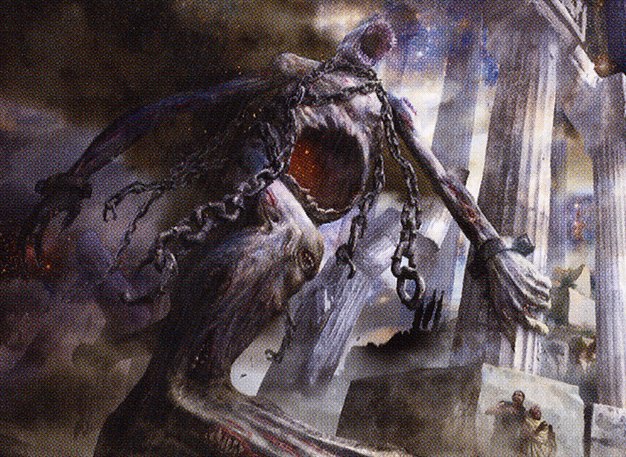
Kroxa, Titan of Death's Hunger
Focuses on discard disruption to deplete opponents' hands while recurring Kroxa from the graveyard for continuous pressure and damage.
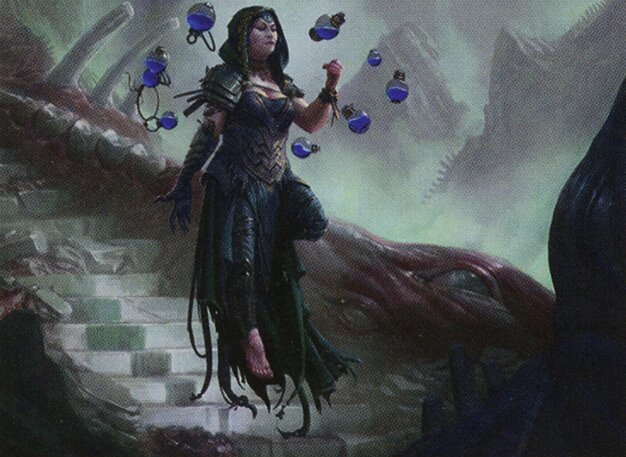
Kess, Dissident Mage
Leverages spells with flashback to maintain tempo and control. Uses efficient removal and card advantage spells to disrupt opponents while advancing its own game plan.

Varolz, the Scar-Striped
Employs a sacrifice and recursion strategy, using creatures like Wall of Blossoms and Hulk to generate value and enable a combo finish through repeated creature recursion.
Gameplay Insights
- 1
The Gitrog Monster player prioritized dredging and deck stacking with Noose Constrictor and Drana to dredge the entire deck and cast multiple Titans repeatedly, enabling a devastating combo finish.
- 2
Varolz’s Hulk package was used to sacrifice creatures to trigger recursion and assemble combo pieces, representing a threat that forced opponents to respond quickly or lose board control.
- 3
Kess maximized spell efficiency by casting spells with flashback and using counterspells like Force of Will to maintain control, although it struggled against the overwhelming graveyard combos.
- 4
Kroxa applied early discard pressure to disrupt opponents' hands and maintain a steady threat on the board, leveraging its escape ability to return from the graveyard repeatedly.
- 5
Players carefully managed life totals and resources, with several interactions involving sacrifice outlets, mana acceleration, and timely removal to delay or prevent combo sequences.
- 6
The game highlighted the importance of graveyard synergy and recursion in cEDH, with decks focusing on maximizing the graveyard as a resource for card advantage and combo potential.
Notable Cards
-
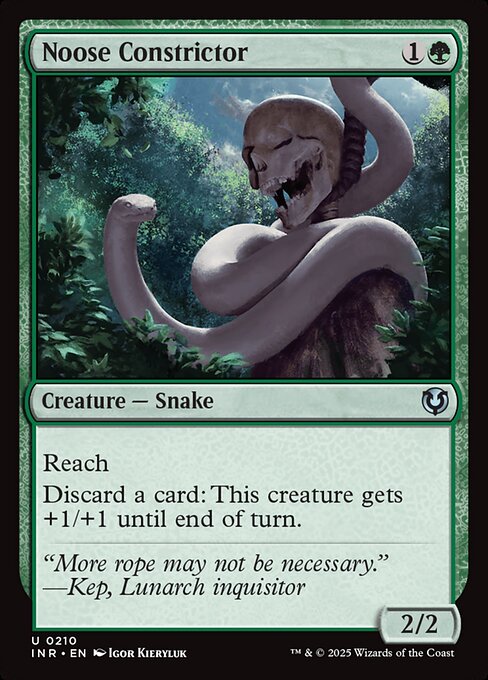
Noose Constrictor
-

Dockside Extortionist
-
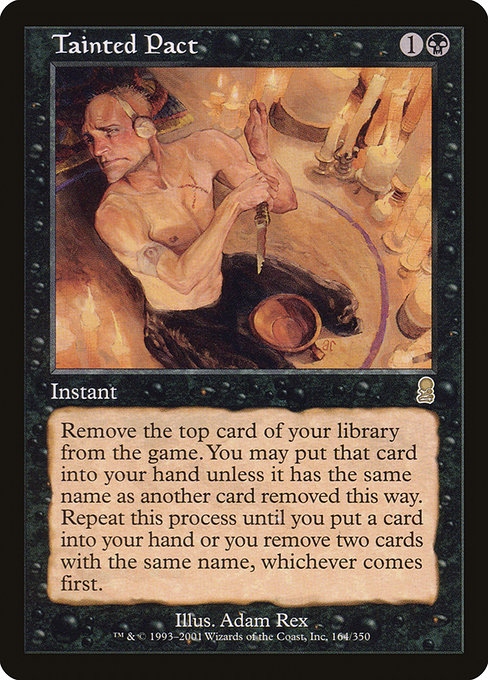
Tainted Pact
-

Underworld Breach
-
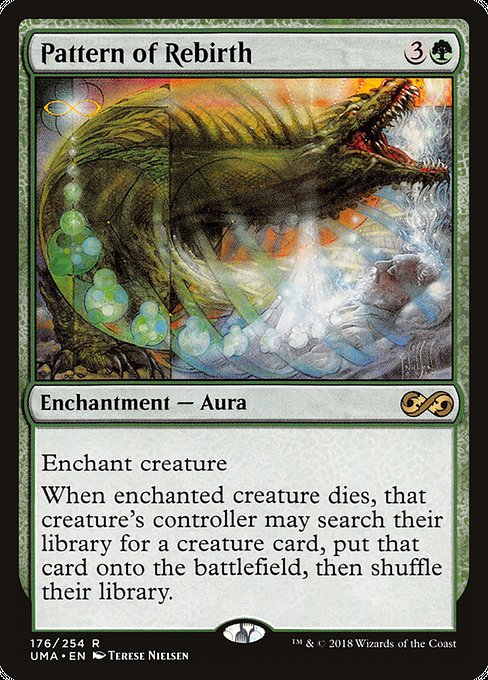
Pattern of Rebirth
-

Dark Confidant
-
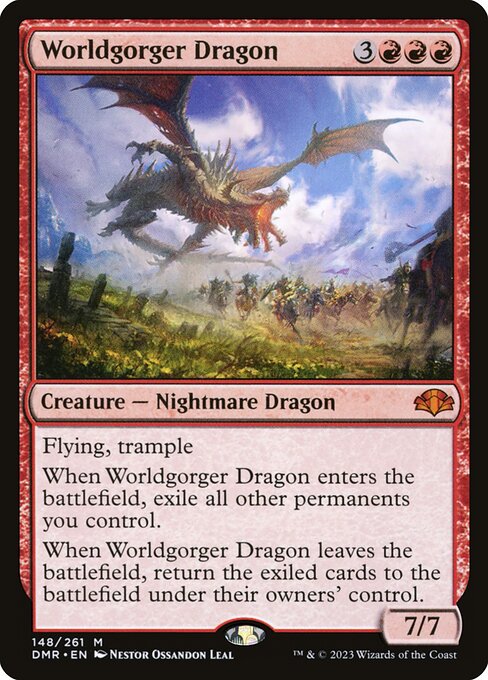
Worldgorger Dragon
-
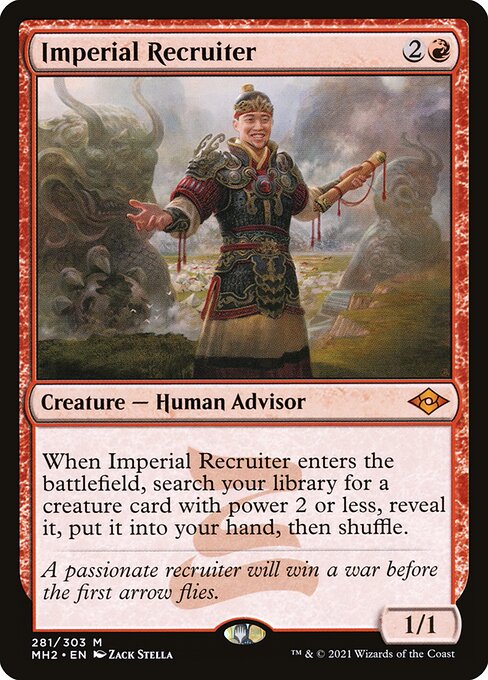
Imperial Recruiter
-
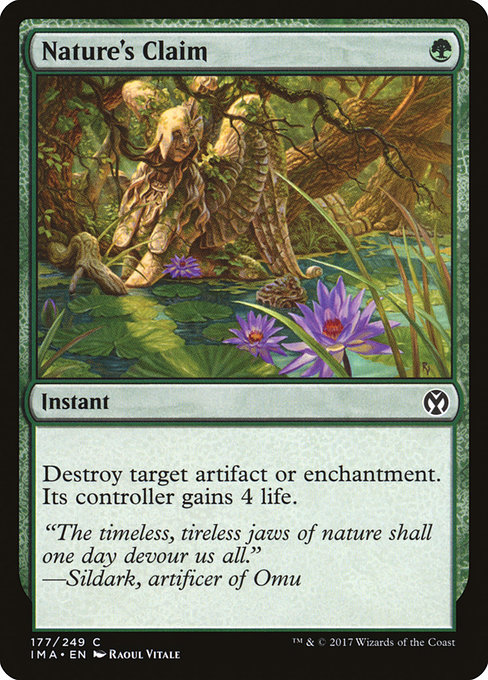
Nature's Claim
-

Force of Will
-
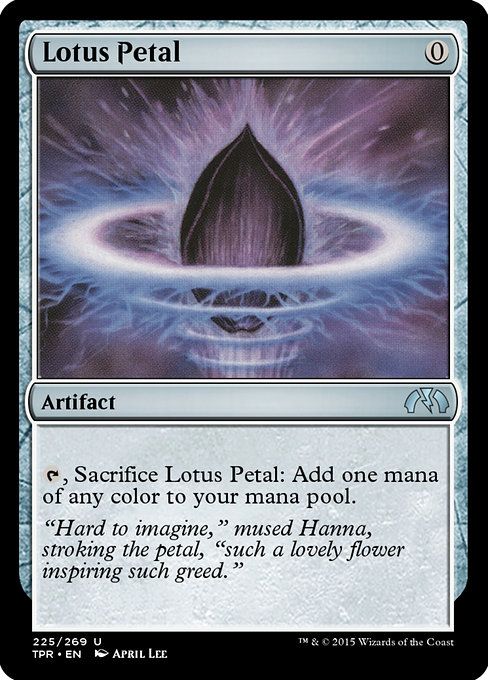
Lotus Petal
-
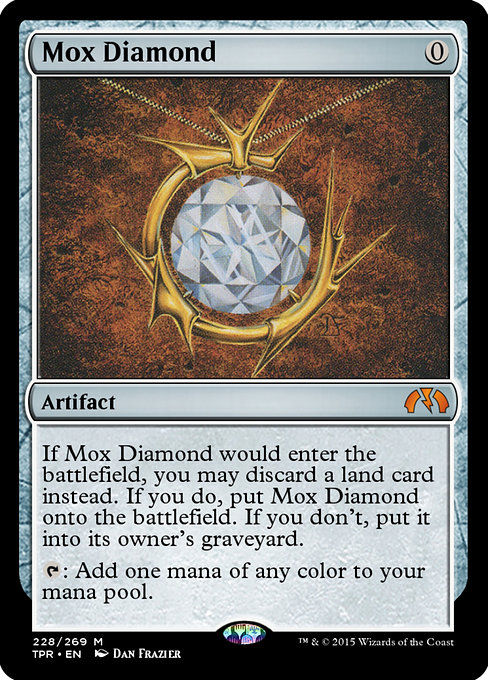
Mox Diamond
-
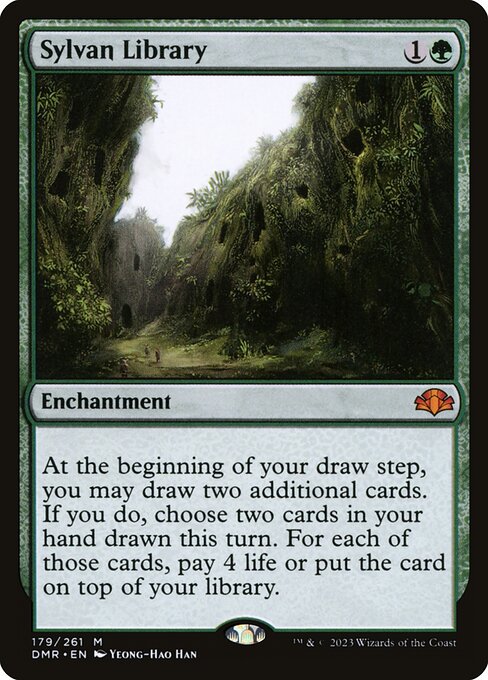
Sylvan Library
Gameplay Summary
The game featured a fierce competition among four graveyard-focused commanders, each leveraging unique synergies to control the board and generate advantage.
Early turns saw players setting up crucial pieces like dredgers, discard outlets, and mana acceleration artifacts to fuel their graveyard engines.
The Gitrog Monster player capitalized on dredging and card draw triggers, quickly assembling a board state that threatened to overwhelm opponents.
Kroxa's discard and reanimation threats pressured others to disrupt their hands and graveyards.
Kess used a combination of spells and flashback to maintain tempo and control, while Varolz leveraged sacrifice synergies and creature recursion to build incremental advantage. A pivotal moment came when the Gitrog Monster player comboed with cards like Noose Constrictor and Drana, Salvager to dredge extensively, stacking the deck for repeated casting of powerful creatures such as Titans.
This strategy allowed them to clear opponents' resources and dominate the late game.
Varolz’s Hulk package also surfaced a lethal threat by sacrificing creatures repeatedly to retrieve key value creatures from the graveyard.
Throughout the game, interaction via counterspells, removal, and timely disruption was critical, but the overwhelming card advantage and recursive threats from Gitrog eventually secured a decisive win by exhausting players’ hands and board states.





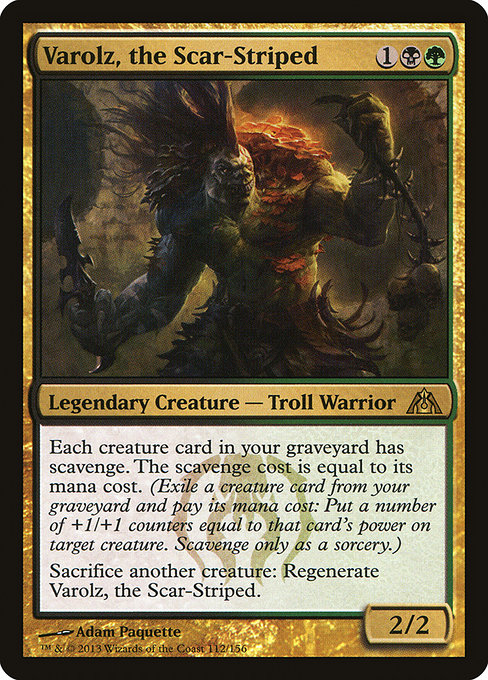


























![Commander VS S6E1: Vorel vs Ghost Council of Orzhova vs Bosh vs Varolz [MTG] thumbnail](https://i.ytimg.com/vi/mFRQJMI6GOc/sddefault.jpg)










